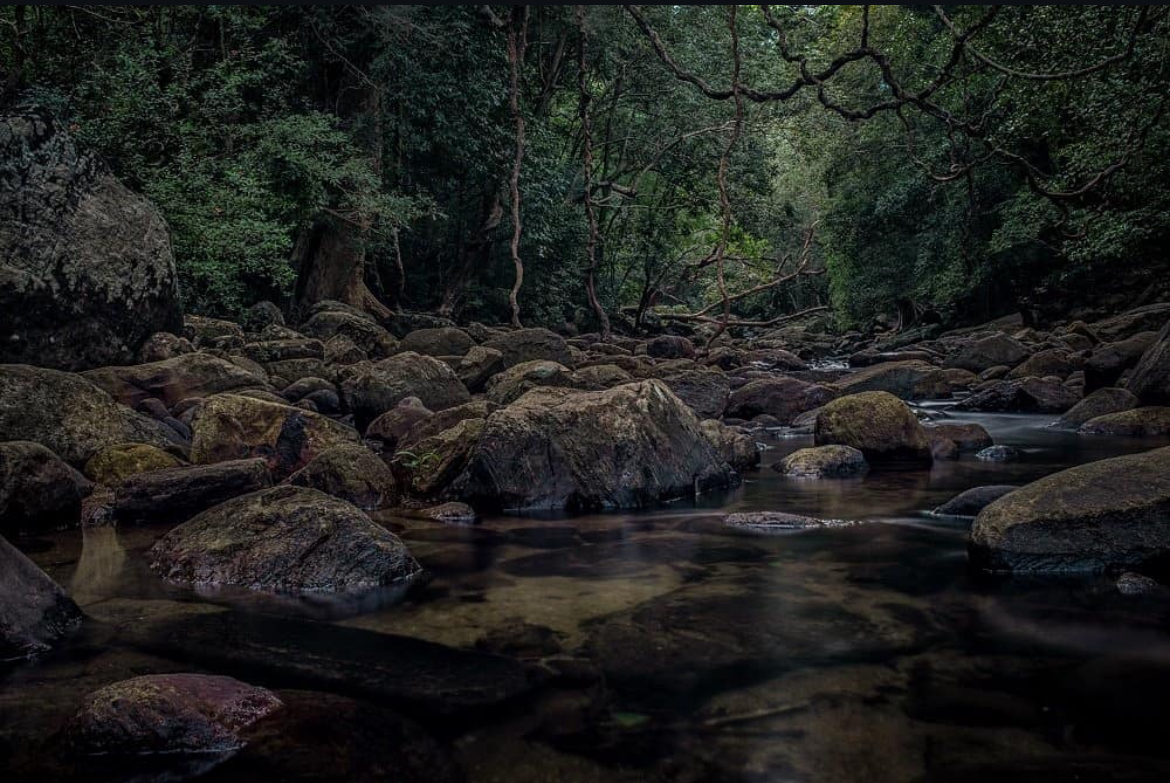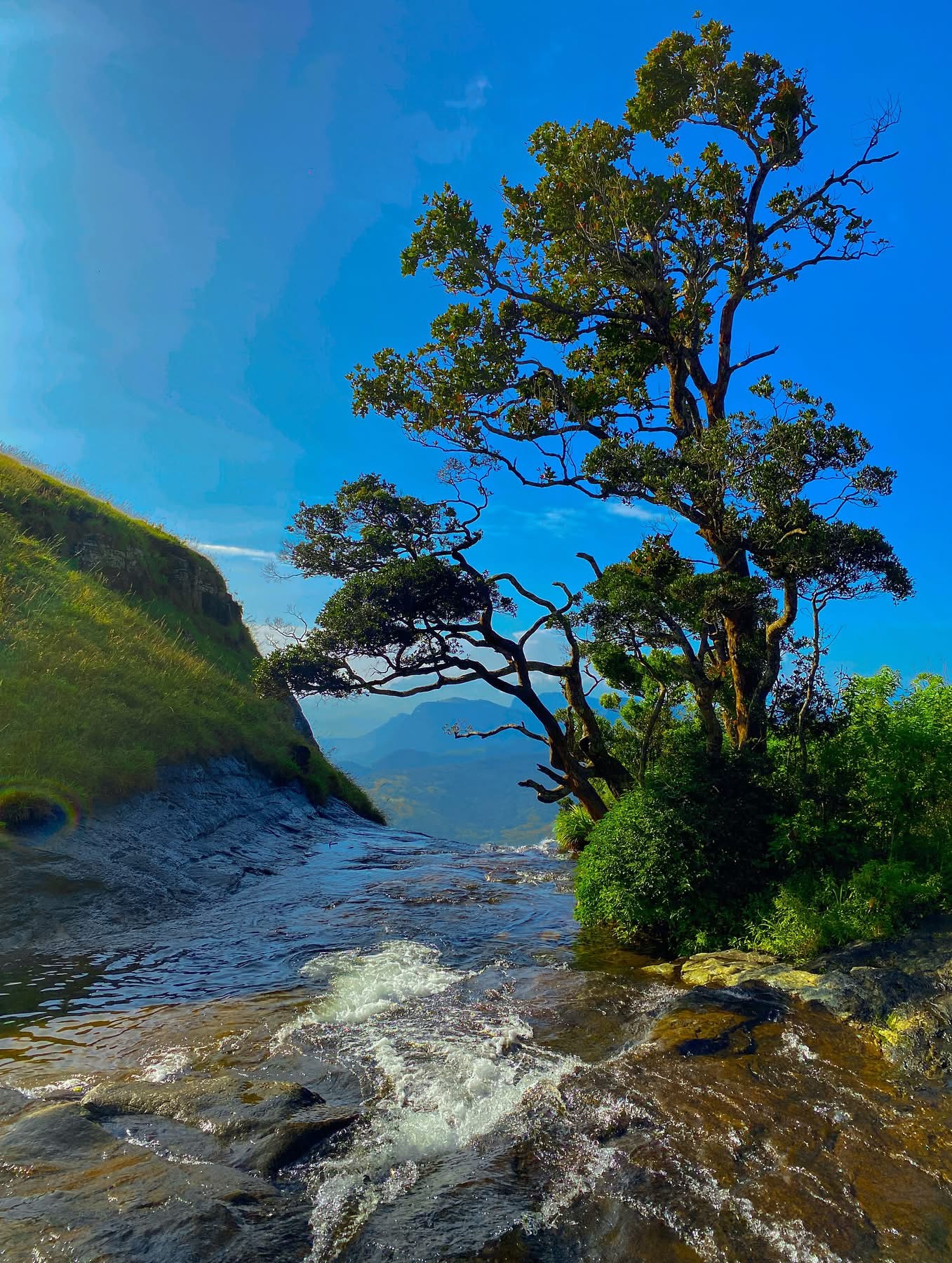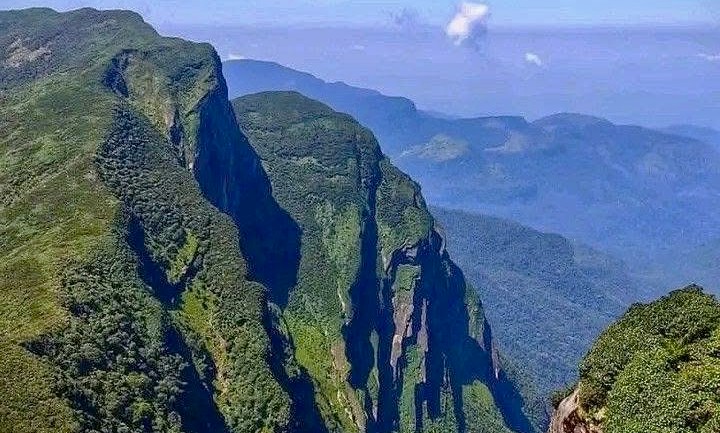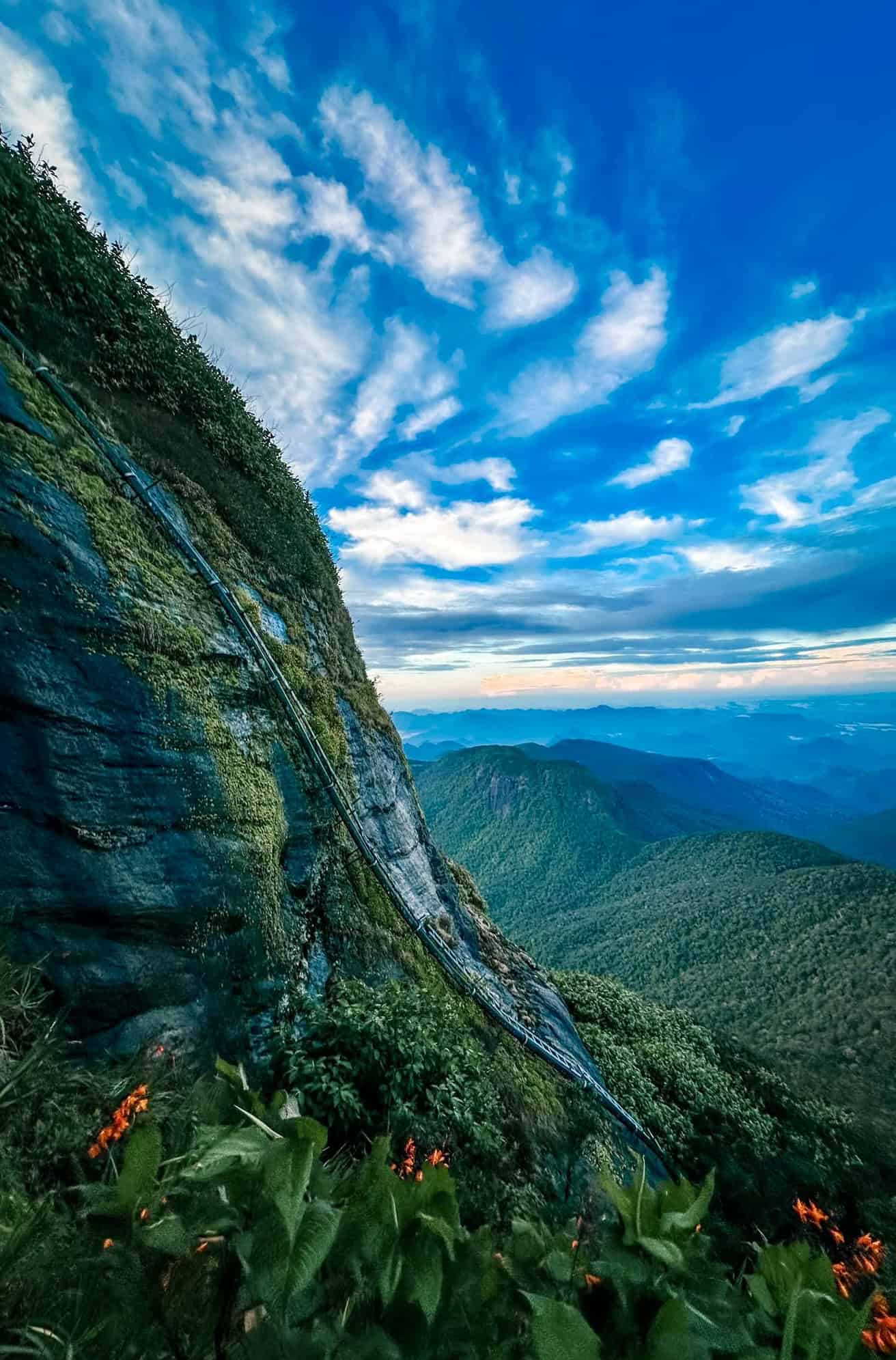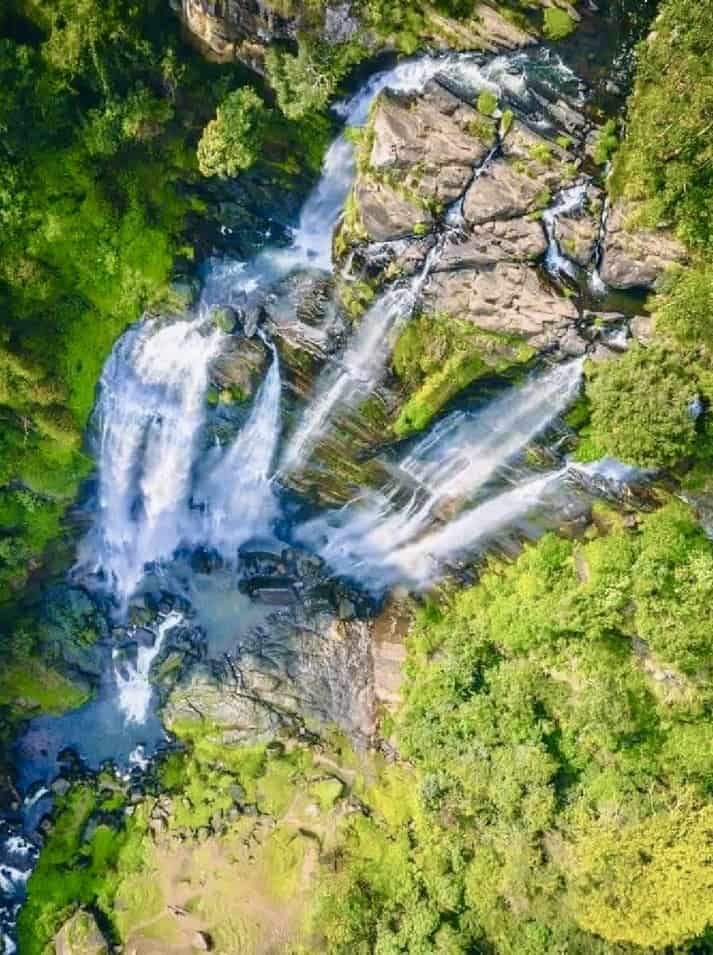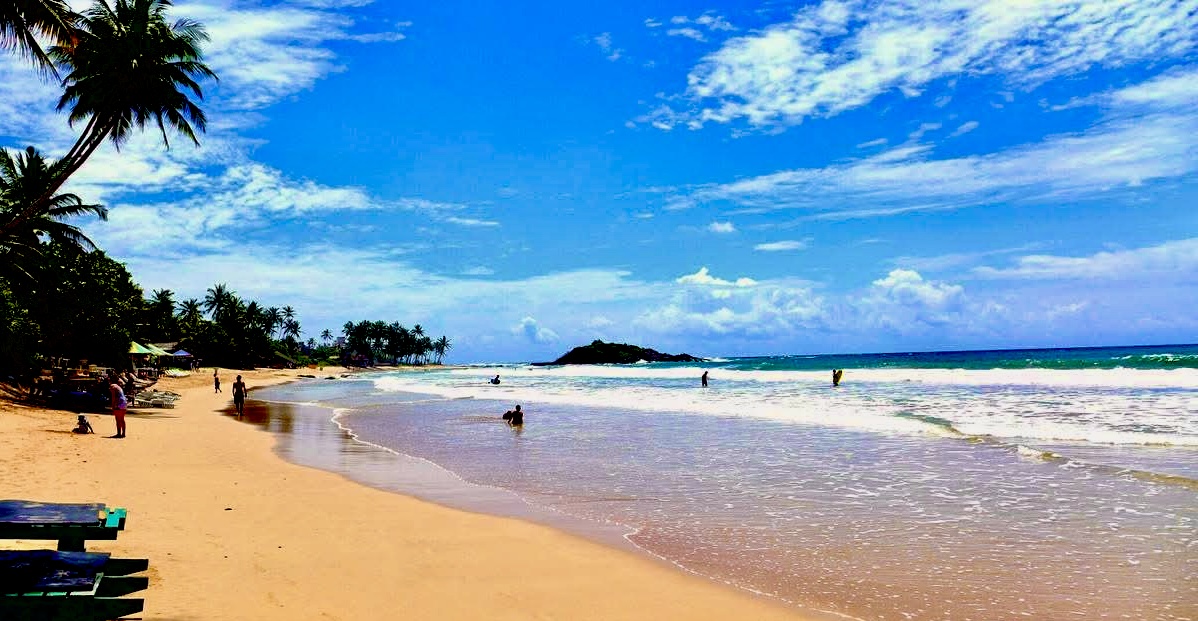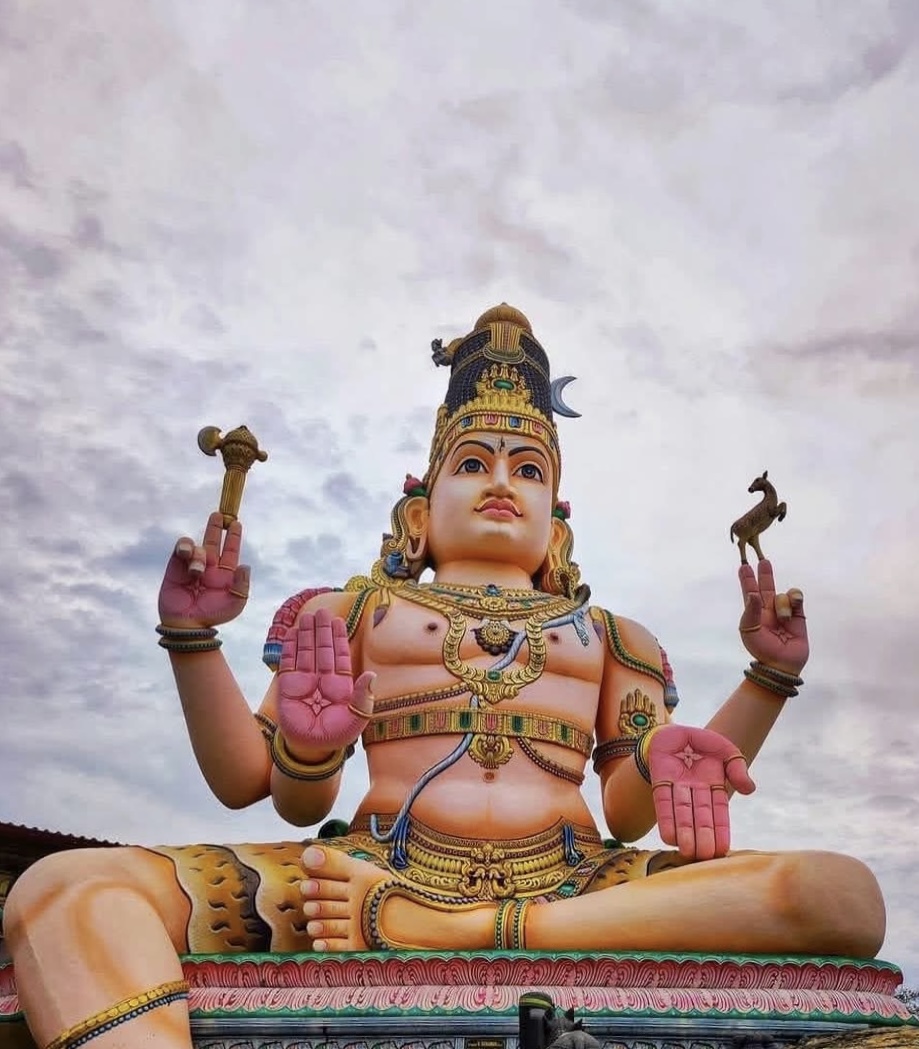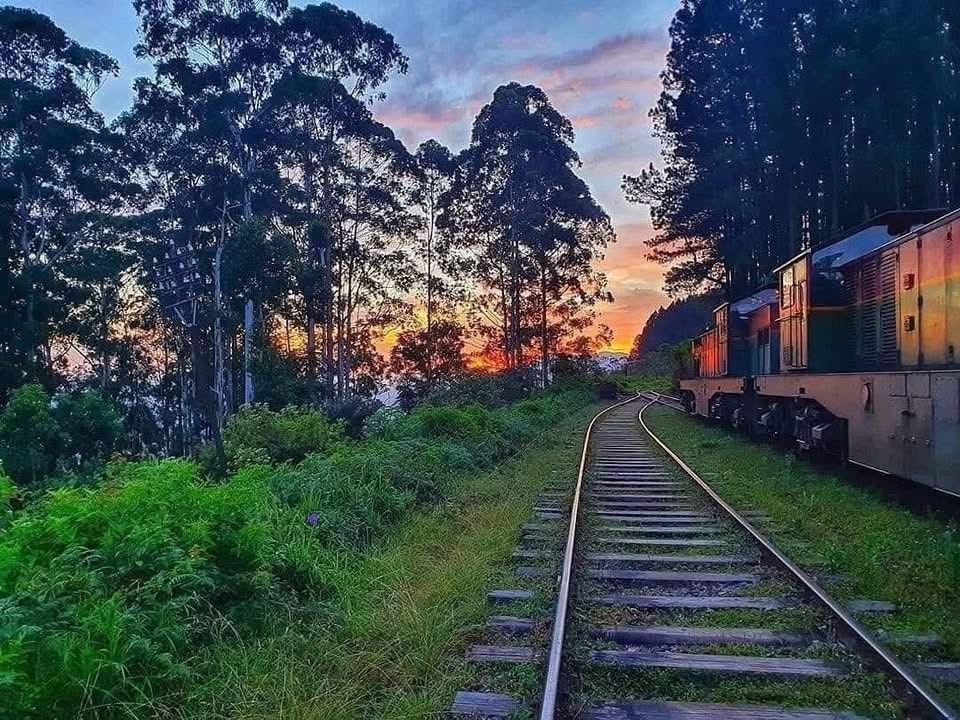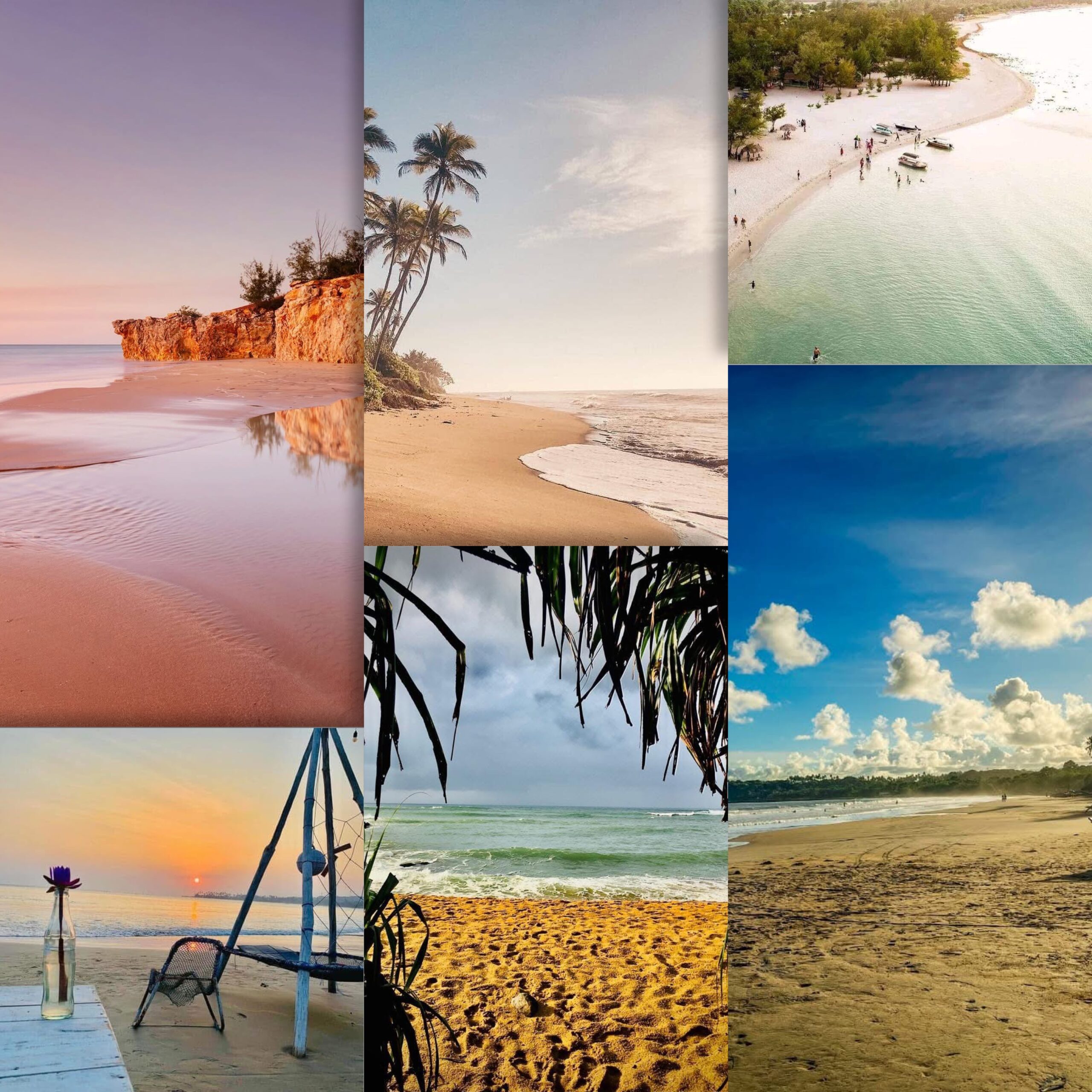A UNESCO site rich in wildlife, endemic species, and unforgettable eco-adventures.
🌿 A Living Time Capsule of Nature
Sinharaja Rainforest is tucked away in Sri Lanka’s southwest lowlands. It is a UNESCO World Heritage Site. It’s also the country’s last viable remnant of primary tropical rainforest. This green wonder is shrouded in mist and mystery. It is a paradise for nature lovers, eco-travelers, and wildlife photographers from around the world.
🕰️ Historical Significance & Global Recognition
Sinharaja, meaning “Lion Kingdom,” is steeped in legend and conservation history. It was designated a UNESCO Biosphere Reserve in 1978. Later, in 1988, it became a World Heritage Site. It protects one of the planet’s richest biodiversity hotspots. It’s home to 60% of Sri Lanka’s endemic trees and over 50% of its endemic mammals, butterflies, reptiles, and amphibians.
🌏 Why Sinharaja Matters Today
In a world grappling with deforestation and climate change, Sinharaja stands as a crucial carbon sink and ecological sanctuary. As Sri Lanka’s last primary lowland rainforest, it plays a pivotal role in safeguarding water sources. It also protects rare species, many of which are found nowhere else on Earth. Yet, it faces threats from illegal logging, encroachment, and climate-related impacts — making responsible travel more important than ever.
🚗 Getting There & Travel Logistics
- Location: Sabaragamuwa and Southern provinces of Sri Lanka
- Nearest towns: Deniyaya, Rakwana, and Kudawa
- Access Points:
- Kudawa Entrance (most popular)
- Mederipitiya Entrance (for adventurous treks)
- Transport:
- From Colombo: ~4–5 hours by car
- Public buses available to Deniyaya, then tuk-tuk to entrance
- Best Time to Visit:
- December to April (dry and accessible)
- Avoid heavy monsoon seasons (May–August)
🥾 What to Do in Sinharaja Rainforest
🌳 Guided Nature Trails
- Experience endemic flora like the giant Dipterocarp trees
- See medicinal plants, rare orchids, and dense canopies
🐦 Birdwatching
- Spot the Sri Lanka Blue Magpie, Red-faced Malkoha, and Green-billed Coucal
- Bring binoculars—this is a birder’s paradise!
🐍 Reptiles & Amphibians
- Keep an eye out for green pit vipers, tree frogs, and flying snakes
🦋 Insect Safari
- Over 50% of Sri Lanka’s butterflies reside here








🎒 Packing List
- Lightweight, breathable clothing (long sleeves recommended)
- Insect repellent & leech socks
- Waterproof hiking boots
- Raincoat or poncho
- Binoculars and camera
- Reusable water bottle
🍛 Food & Accommodation Nearby
- Eco-lodges in Kudawa or Deniyaya (Rainforest Eco Lodge, Blue Magpie Lodge)
- Local cuisine: Try jackfruit curry, hoppers, and kola kenda (herbal porridge)
📸 Best Photo Spots
- Giant liana trees and misty jungle paths
- Waterfalls like Sinhagala Falls
- Unique wildlife encounters on trails
- Panoramic lookout points from higher elevations
🧘 Wellness & Immersion
- Forest bathing and mindfulness walks
- Natural sounds therapy—let birdsong be your playlist
- Meditative sunrise treks with a local guide
🛍️ Local Souvenirs
- Handmade cane or bamboo products
- Organic spices and herbal oils
- Locally-sourced forest honey
🧭 Smart Travel Tips
- Always hire a certified local guide for safety and deeper insight
- Don’t stray off marked paths—respect the fragile ecosystem
- Carry your trash out (zero-waste travel)
- Support eco-tourism businesses and community-led tours
🌄 Nearby Attractions
- Mulgirigala Rock Temple – an ancient cave monastery
- Dooli Ella & Doowili Ella waterfalls
- Deniyaya tea plantations – lush and scenic



🌱 Conclusion: Walk Gently Through a Living World
Sinharaja isn’t just a destination; it’s an experience that humbles, inspires, and educates. Whether you’re seeking rare birds or rainforest serenity, you will find it here. If you desire a glimpse into Sri Lanka’s wild soul, this is where it all converges. Venture here responsibly — and let the forest leave footprints on your heart, not the ground.
🔗 Internal Links to other articles
- Yala National Park: Spotting Leopards in the Wild
- Wilpattu: Sri Lanka’s Secret Wildlife Sanctuary
- Discover Horton Plains: Trekking to World’s End
- Kalugala: A Hidden Mountain Monastery Experience
🔗 External Links
Sri Lanka Forest Department – Sinharaja
UNESCO World Heritage Listing – Sinharaja Forest Reserve
🎥 Watch on YouTube: Click Here
